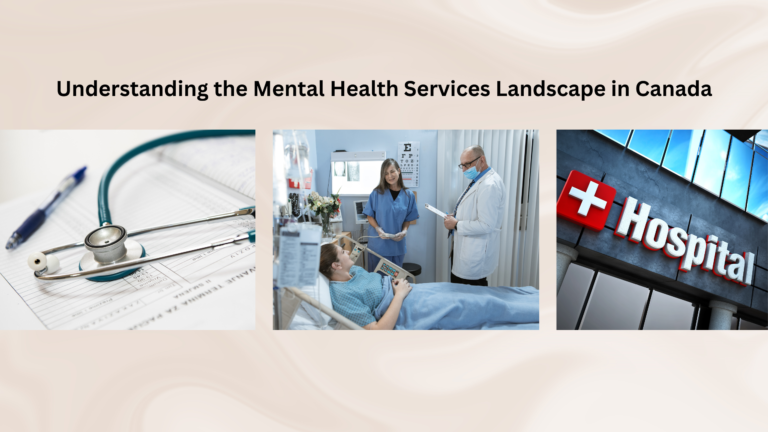Improving Patient Care Through Resource Optimization
Resource management in healthcare is a complex but crucial task. In an industry where patient care is paramount, optimizing resources directly impacts the quality and efficiency of care provided. From managing staff and equipment to ensuring that patients receive timely and effective treatment, resource optimization is a fundamental aspect of healthcare operations.
In this article, we will delve into the importance of resource management, explore strategies for healthcare resource optimization, and discuss the benefits of effective resource utilization. Our goal is to provide insights that can help healthcare providers enhance patient care through smarter, more efficient use of resources.
The Significance of Resource Management in Healthcare
In the fast-paced environment of healthcare, the efficient allocation and management of resources are vital. Resource management encompasses everything from scheduling staff shifts to maintaining medical equipment and managing patient flow. Proper resource management ensures that healthcare providers can offer high-quality care without unnecessary delays or waste.
Staffing: The Backbone of Healthcare Delivery
One of the most significant resources in healthcare is the staff. Ensuring that there are enough doctors, nurses, and support staff on duty is crucial for maintaining the standard of care. Overstaffing can lead to increased costs, while understaffing can result in burnout and compromised patient care.
Equipment and Supplies: Ensuring Availability and Functionality
Another critical component is the availability and functionality of medical equipment and supplies. Healthcare providers must have the necessary tools at their disposal to diagnose and treat patients effectively. This requires careful inventory management and maintenance schedules to avoid equipment failures that could disrupt patient care.
Strategies for Healthcare Resource Optimization
To improve patient care, healthcare providers must adopt various strategies to optimize the use of resources. These strategies can range from implementing new technologies to revising existing processes and policies.
Implementing Technology for Enhanced Resource Utilization
Technology plays a pivotal role in healthcare resource optimization. Electronic health records (EHRs), for example, can improve patient information management and reduce duplication of tests and procedures. Additionally, software solutions for scheduling and inventory management can help healthcare providers maximize staff efficiency and maintain adequate supplies.
Process Improvement for Streamlined Operations
Evaluating and improving operational processes is another way to optimize resources. Lean management techniques can be applied to healthcare to eliminate waste and streamline workflows. By identifying bottlenecks and inefficiencies, healthcare providers can redesign processes to be more patient-centric and cost-effective.
Data-Driven Decision Making
Leveraging data analytics can aid in making informed decisions about resource allocation. By analyzing trends in patient flow, treatment outcomes, and resource utilization, healthcare providers can identify areas for improvement and allocate resources more effectively.
Training and Development for Staff
Investing in the training and development of healthcare staff is essential. Well-trained staff are more efficient and can provide better patient care. Continuous education can also help staff adapt to new technologies and processes that contribute to resource optimization.
The Impact of Resource Optimization on Patient Care
Effective resource management has a direct and positive impact on patient care. By optimizing the use of resources, healthcare providers can improve various aspects of care delivery.
Reduced Wait Times and Enhanced Patient Experience
When resources are managed well, patients experience shorter wait times and more timely access to care. This not only improves patient satisfaction but can also lead to better health outcomes.
Improved Quality of Care
Resource optimization ensures that healthcare providers have the necessary tools and staff to deliver high-quality care. When resources are readily available, clinicians can focus on patient care rather than logistical concerns.
Cost Savings and Sustainability
Efficient use of resources leads to cost savings for healthcare providers. By reducing waste and improving operational efficiency, healthcare organizations can redirect savings towards patient care initiatives and invest in sustainable practices.
Case Studies: Successful Resource Optimization in Healthcare
To illustrate the benefits of resource optimization in healthcare, let’s look at a couple of case studies.
Case Study 1: Hospital Implements EHR System
A hospital that implemented an EHR system experienced reduced duplication of tests, improved coordination among healthcare providers, and better patient outcomes. The centralized access to patient information allowed for more informed decision-making and a more efficient use of resources.
Case Study 2: Clinic Adopts Lean Management Techniques
A clinic that adopted lean management techniques saw a significant reduction in patient wait times and an increase in patient throughput. By streamlining processes and eliminating unnecessary steps, the clinic was able to optimize staff schedules and improve the overall patient experience.
Overcoming Challenges in Resource Optimization
While the benefits of resource optimization are clear, healthcare providers often face challenges in implementing these strategies.
Resistance to Change
Change can be difficult, and some staff may resist new technologies or processes. It is essential to involve staff in the decision-making process and provide adequate training and support to ease the transition.
Balancing Quality and Efficiency
Finding the right balance between quality of care and operational efficiency is challenging. Healthcare providers must ensure that efforts to optimize resources do not compromise the quality of patient care.
Managing the Cost of Innovation
Investing in new technologies and training can be expensive. Healthcare organizations must carefully evaluate the potential return on investment and seek creative solutions to fund these initiatives.
Conclusion: A Pathway to Better Patient Care
Optimizing resources in healthcare is not just about cutting costs or improving efficiency; it’s about enhancing the quality of patient care. By adopting effective resource management strategies, healthcare providers can ensure that every patient receives the care they need when they need it.
Investments in technology, process improvements, data analytics, and staff training are all critical components of a successful resource optimization initiative. When done right, these efforts lead to better patient outcomes, higher staff satisfaction, and a more sustainable healthcare system.
In the end, the goal of resource optimization is to create a healthcare environment where resources are used wisely, staff are empowered, and patients are at the center of care. With the right approach, healthcare providers can achieve this balance and continue to improve the lives of those they serve.










